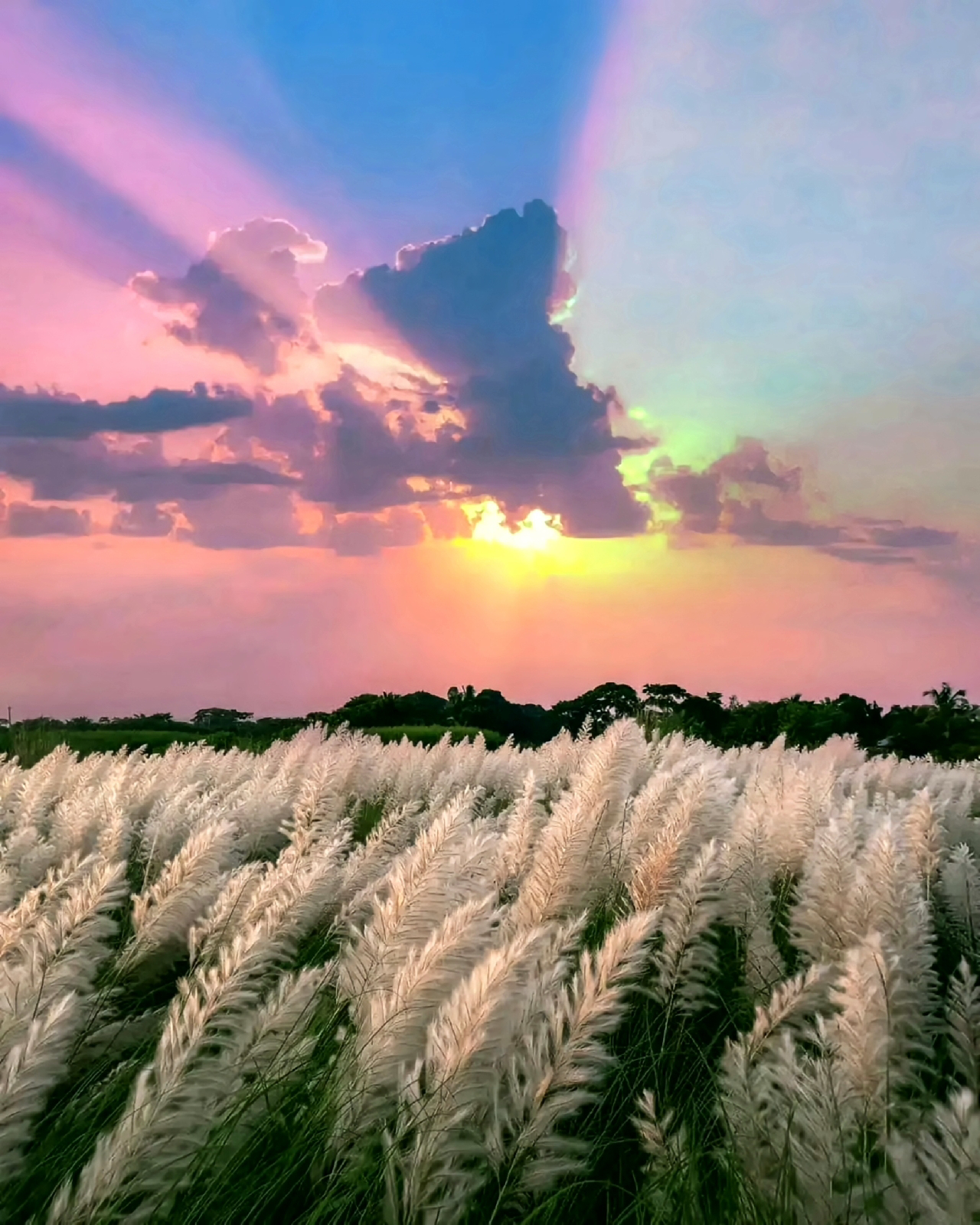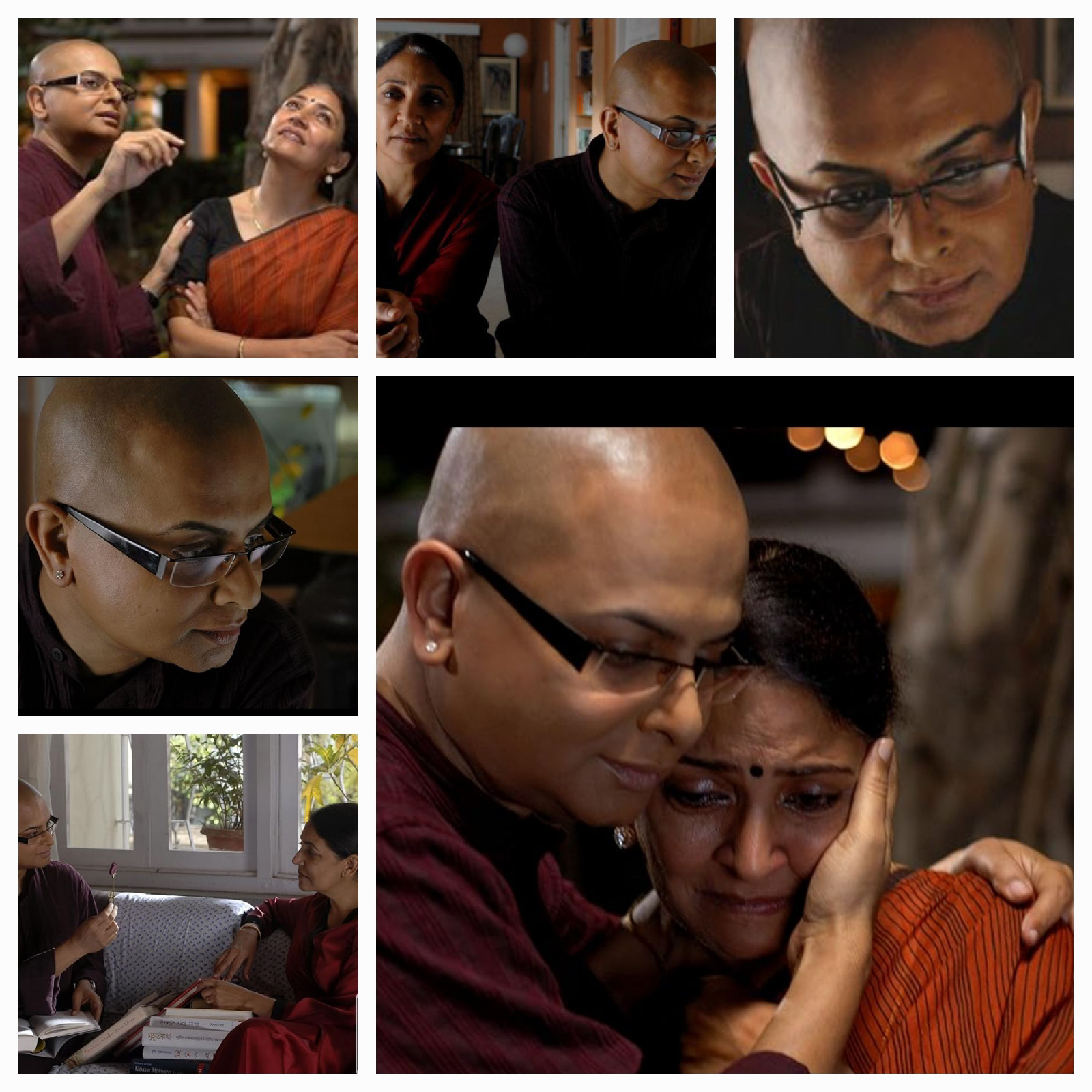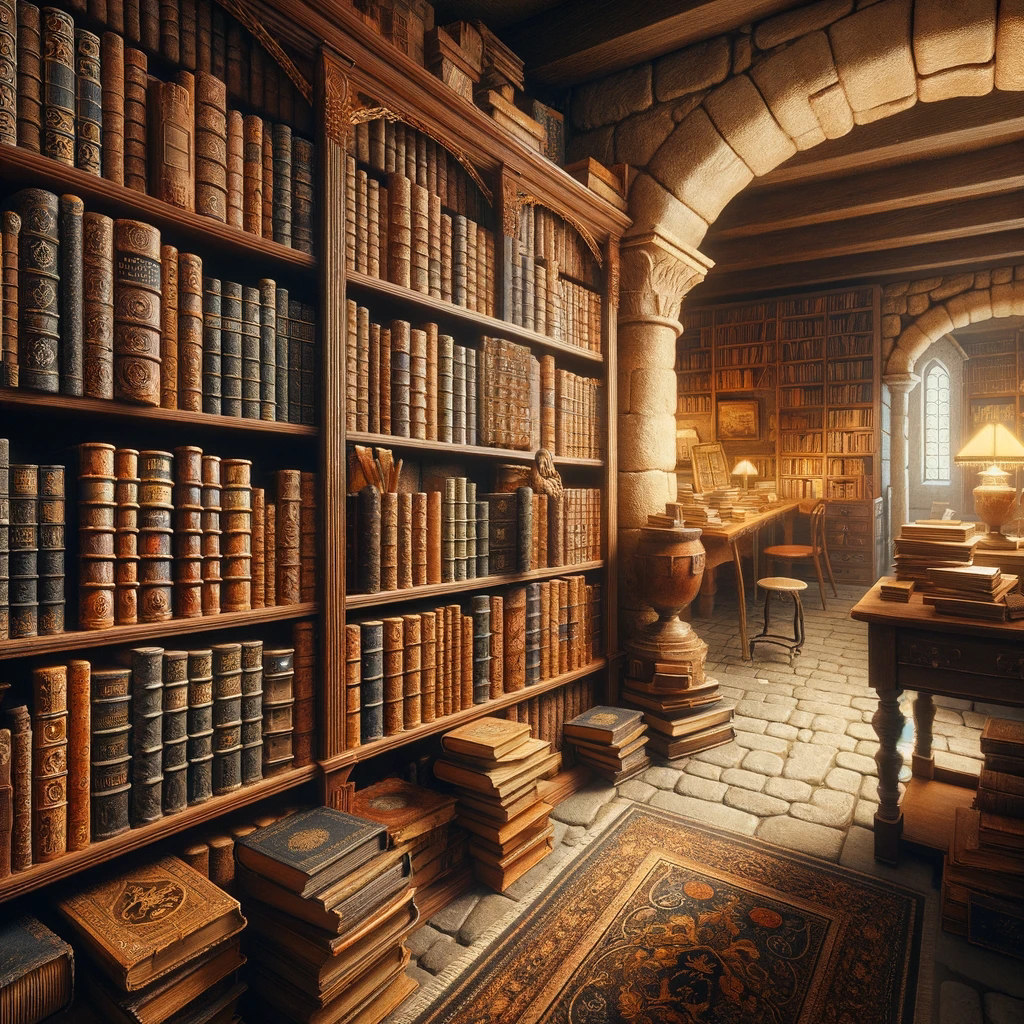Durga Puja, with its deep roots in Bengali culture, marks not just the annual worship of the Goddess Durga but a spiritual awakening that transcends the material
Durga Puja, with its deep roots in Bengali culture, marks not just the annual worship of the Goddess Durga but a spiritual awakening that transcends the material. It is a celebration of feminine power and cosmic strength, deeply intertwined with the rhythms of nature, especially embodied in the Khaas Phool (Kans Grass) that blossoms around this time. These fields of swaying white plumes, act as harbingers of Durga's arrival, spreading across Bengal's landscapes as a reminder of the cyclical renewal of life and the eternal struggle between good and evil.
The Upanishads speak of Shakti, the divine feminine energy that sustains the cosmos, and this finds its fullest expression during Durga Puja. The festival is not merely a religious observance but a union of nature, philosophy, and the arts. The Vedas too, in their hymns, glorify the concept of Rta, the cosmic order, which Durga, as the supreme protector, ensures by defeating the asuras, forces of chaos.
Bengal, a land rich in intellectual, cultural, and spiritual heritage, has long embraced Durga as not only a deity but a symbol of resistance, hope, and renewal. The revered Bengali poet, Kazi Nazrul Islam, wrote of Durga as the one who tears apart the veil of ignorance and instills courage in the hearts of her devotees. Rabindranath Tagore, in his Gitanjali, painted Durga's descent as an act of divine grace, where the ordinary world is transformed by her presence.
The sight of Khaas Phool sweeping across the fertile plains during autumn is a natural reflection of the Anandamaya Kosha—the sheath of bliss described in the Upanishads. It is as though nature itself celebrates the arrival of the Divine Mother, rejoicing in her Prakriti form. The sight evokes an intense spiritual stirring, where each blade of grass feels connected to the eternal cycles of creation, preservation, and destruction.
Durga Puja encapsulates this cyclical essence—the Samsara of life, death, and rebirth—mirroring the seasonal change where the heavens open in vibrant hues of dusk and dawn, much like the image shared here. The festival, through its rich rituals and artistic expressions, binds the individual soul to the collective spiritual consciousness of the universe, making it an emotional and passionate reaffirmation of life’s inherent divinity.
As Bengal dons the splendor of Sharad Ritu, with Khaas Phool and golden sunrises lighting the sky, it becomes not just a landscape but a living scripture where the teachings of the Vedas and the lyrical wisdom of Bengali writers harmonize into a powerful ode to Durga—the Eternal Mother, the undefeatable Shakti, the embodiment of boundless compassion and cosmic justice.
Venkataramanan Ramasethu


